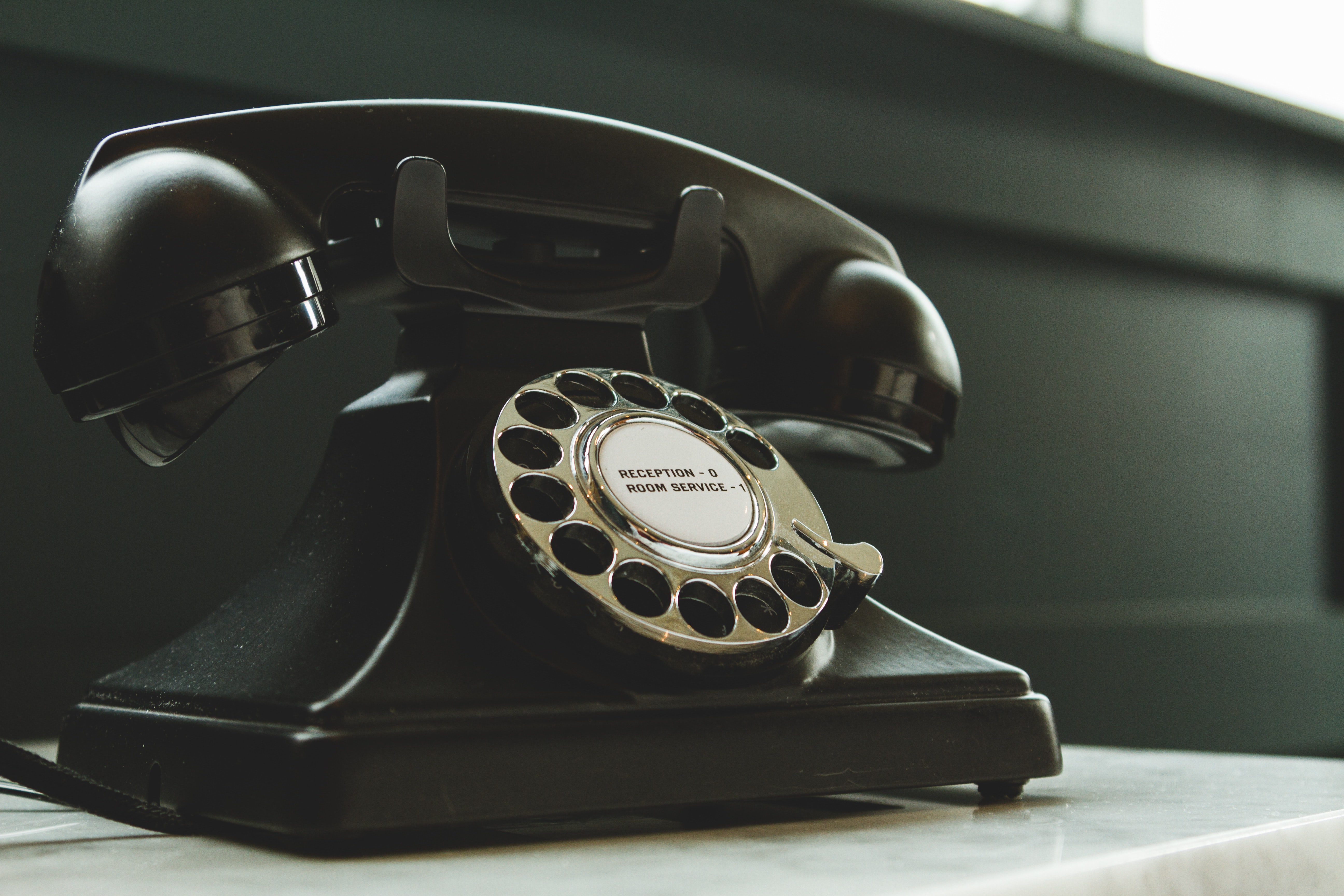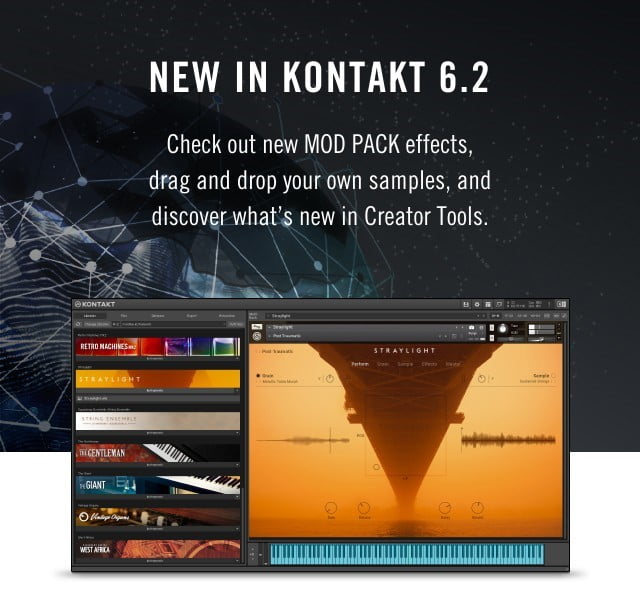
Upon first glance, the Wave Editor might appear to be just another editing window with common controls for looping and determining the starting and ending points of a sample, but upon further investigation, you will uncover an extraordinary amount of flexibility in various sections of the Wave Editor that enable you to roll up your sleeves and go to work on the waveform level in ways you might never have thought possible.

These playback modes allow you to create all-new sounds that you could never achieve with traditional sampling methods, and this is just the beginning of the signal chain! There are lots more goodies in store within the Group & Instrument Effects slots, not to mention the cool things you can do in the Wave Editor. If you select the “Use Beat Machine” button within the “Sync/Slice” tab in the Wave Editor, you can trigger slices in accordance with Beat Machine’s sophisticated tempo-synchronized playback engine.
#N i kontakt pro#
You can also shift the formant frequencies with the “Formant” control, and prevent pops and clicks with the “DC Filter”, which eliminates undesirable DC offset.īeat Machine is similar to the Time Machine Pro mode, being that you can change the pitch of a sample independent of the playback speed while preserving the overall quality of the original, but you might notice that transient detection functions poorly with unsliced samples at high speeds. I don’t suggest Tone Machine for use with anything containing sharp transients, unless you want to completely alter the sound of a drum loop by stretching the living daylights out of it, which is kind of the whole point. In Tone Machine mode, you can also change the pitch of a sample without affecting the playback speed, but this mode is especially grainy. You can determine the size of the grain stream with the “Grain” knob in milliseconds, or adjust the “Smooth” knob in order to reduce artifacts by crossfading grains into each other.Īlthough Time Machine is more ideal for granular applications, Time Machine 2 and Time Machine Pro focus more on preserving the quality of playback with improved time/pitch-stretching algorithms offering controls for more accurate transient detection, which of course will be significantly more CPU intensive.

With this control at a very small value or even turned all the way down, the sample engine cycles through the grain stream repeatedly. In Time Machine Mode, you can slow down or speed up the sample (independent of the pitch) with the “Speed” knob.

This is where Kontakt really goes above and beyond typical sample playback. In a granular context, this is what sound designers often refer to as a “grain stream”. The results may become harsh and “grainy” the further you travel away from the root pitch as a result of the sample being quite literally stretched apart, producing gaps in between each individual sample that become more and more noticeable. This “real-time stretching” algorithm lets you play rhythmic content up and down the keyboard while preserving the dynamics of the original. My personal favorite definitely has to be the Time Machine mode, available in three different flavors, including Time Machine 2 and Time Machine Pro modes.Īll of these allow you to change the pitch of a sample without affecting the playback speed. Under the hood, within the “Source Module” at the very beginning of the signal chain, there are six “playback modes” that process audio differently, the first being a traditional “Sampler” mode that plays back audio from memory, though “DFD” (direct from disk) mode is a far more practical way of streaming audio from disk in real-time without the computational expenditure of loading all sample data into RAM. In this review, we’ll be going deeper into the sample engine to really explore the sonic possibilities that will open up to you with a marginal amount of research and a much-advised spirit of adventure. It fulfills that purpose in more ways than I care to mention, but there’s more to Kontakt than you might think. I used to view Kontakt as nothing more than a great big environment for multi-sampled instruments. Product page: Native Instruments Kontakt ($399)

#N i kontakt free#
That being said, you might be wondering why (years after its initial release) a Kontakt review needs to exist, aside from the fact that Bedroom Producers Blog hasn’t reviewed it yet, even though we publish news of free and also commercial Kontakt libraries on a semi-regular basis (Don’t believe us? Well, here’s your proof!). During that time, it has been showered with high praise and deservedly so.
#N i kontakt professional#
For well over a decade, producers, sound designers, and professional mix engineers have made expert use of it.


 0 kommentar(er)
0 kommentar(er)
